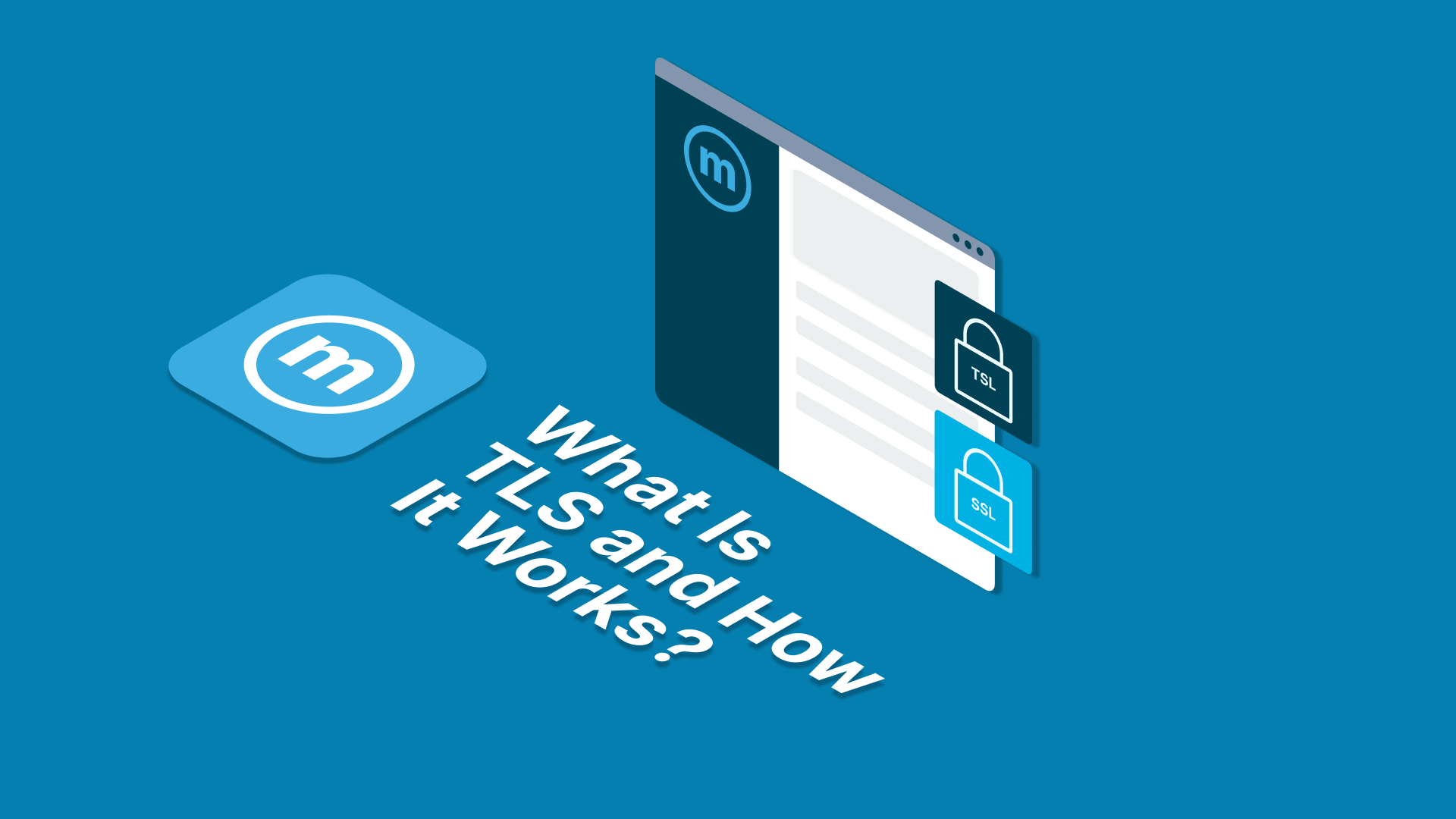Learn About What is TLS and How It Works

Transport Layer Security (TLS) plays a crucial role in securing our online communications. In this comprehensive guide, we will explore what Transport Layer Security is and delve into the intricate workings of this vital security protocol.
What is Transport Layer Security?
Transport Layer Security, often referred to as TLS, is a cryptographic protocol designed to ensure the secure transmission of data over a computer network. Transport Layer Security is the successor to the older Secure Sockets Layer (SSL) protocol and is widely used to secure communication on the internet, particularly in web browsers.
Secure Socket Layer vs. Transport Layer Security
The Importance of Transport Layer Security Certification
The significance of a TLS certificate cannot be overstated. In order for a website or application to employ TLS, it is imperative to have a TLS certificate installed on its origin server like a web server. It's worth noting that this certificate is commonly referred to as an "SSL certificate" due to historical nomenclature confusion.
Issued by a certificate authority to the domain owner, the TLS certificate comprises crucial details about the domain owner and the server's public and private keys. Both pieces of information play a vital role in authenticating the server's identity.
Key Components of TLS
Handshake Protocol
The TLS handshake is the initial phase of a secure connection. It involves the negotiation of cryptographic parameters between the client and server, establishing a shared encryption key for the session (Session Key).
Record Protocol
The record protocol is responsible for encrypting and decrypting data during transmission. It takes the data from higher-level protocols, such as HTTP, encrypts it, and sends it securely to the recipient.
Alert Protocol
The alert protocol handles communication of error messages and notifications related to the session. It enables the secure exchange of information about potential security issues.
Change Cipher Spec Protocol
This protocol signifies a change in the encryption parameters. It is a crucial component of the handshake process, ensuring that both the client and server are ready to transition to secure communication.
How Transport Layer Security Works
1. Handshake Process
When a client connects to a server secured with Transport Layer Security, a handshake process begins. This involves the client and server agreeing on the encryption algorithms and exchanging necessary information to establish a secure connection.
2. Key Exchange
During the handshake, the client and server exchange key information to create a shared secret known only to them. This shared secret is used to encrypt and decrypt the data transmitted during the session.
3. Encryption
Once the handshake is complete, the record protocol takes over. It encrypts the data using the shared key, ensuring that even if intercepted, the information is unreadable without the correct decryption key.
4. Data Transmission
The encrypted data is transmitted between the client and server over the network. Transport Layer Security protects against eavesdropping and tampering by securing the information during transit.
5. Decryption at the Receiver's End
Upon reaching the recipient's server, the encrypted data is decrypted using the shared secret key. This ensures that the original information is retrieved securely.
The Reason Transport Layer Security is Essential for Your Business
Data Integrity
Transport Layer Security ensures that the data transmitted between the client and server remains intact and unaltered during the communication process.
Authentication
Transport Layer Security provides a mechanism for both the client and server to verify each other's identity, preventing man-in-the-middle attacks.
Confidentiality
By encrypting data during transmission, TLS ensures that even if intercepted, the information remains confidential and inaccessible without the proper decryption key.
Widespread Adoption
TLS is widely supported across various web browsers and applications, making it a standardized and accessible choice for securing online communications.
Regulatory Compliance
Many regulatory standards and compliance requirements mandate the use of secure communication protocols like TLS to protect sensitive data.
Transport Layer Security encryption serves as a critical safeguard, defending web applications against data breaches and various attacks. Presently, the industry standard for websites is TLS-protected HTTPS. Major browsers, starting with Google Chrome, are increasingly stringent with non-HTTPS sites, a trend followed by others. Consequently, everyday internet users exhibit heightened caution towards websites lacking the HTTPS padlock icon.
Challenges and Considerations
SSL Vulnerabilities
Despite its robust security, Transport Layer Security has faced vulnerabilities over the years. Regular updates and patches are crucial to address emerging security threats.
Performance Impact
The encryption and decryption processes involved in Transport Layer Security can introduce a slight performance overhead. However, advancements in hardware and software have minimized these impacts.
Configuration Complexity
Proper configuration of Transport Layer Security can be complex, and misconfigurations may lead to security vulnerabilities. It is essential to follow best practices and stay informed about updates and changes.
Understanding the workings of Transport Layer Security, its essential components, and the advantages it provides empowers users to make informed choices when implementing and upholding secure communication practices. With ongoing technological advancements, the significance of Transport Layer Security in protecting our online interactions remains crucial, contributing to a safer and more secure digital environment for all.
Don't hesitate to visit our blog for other interesting information. You can also register here to try our Email API Sandbox! We can help you if you feel like integrating email API to your business.
(N.A)

